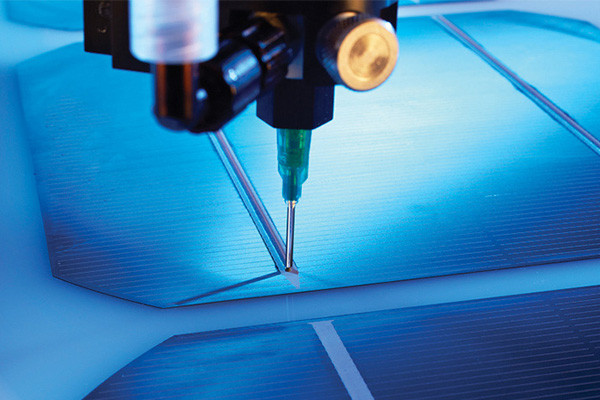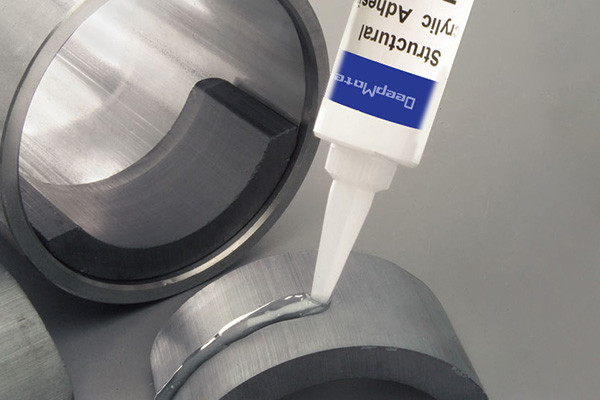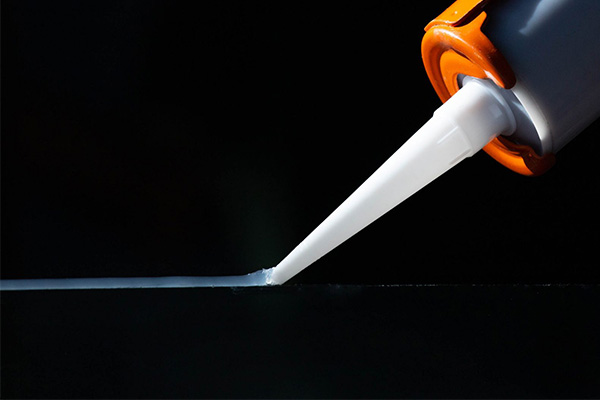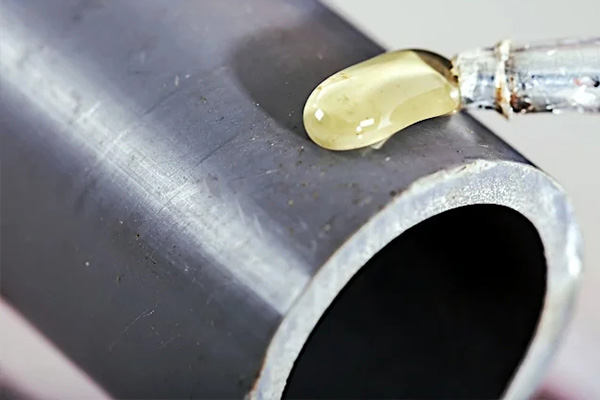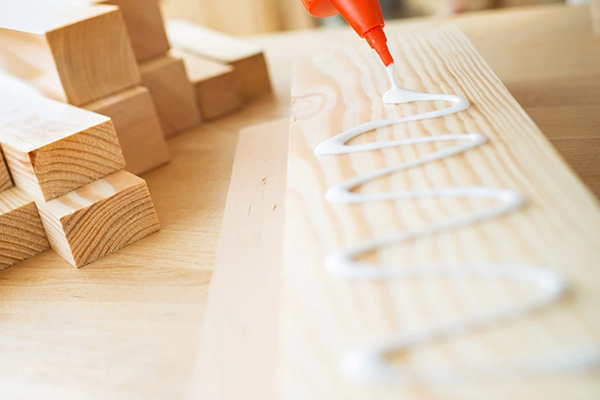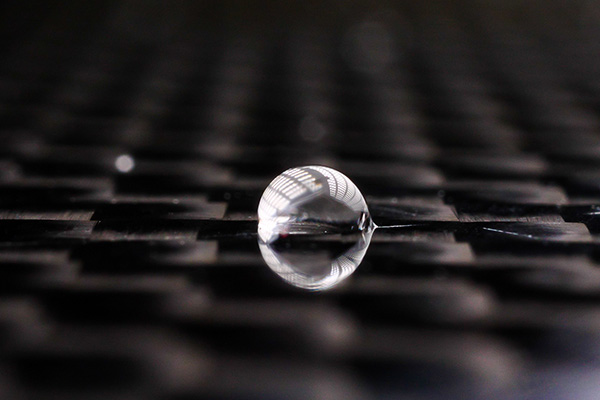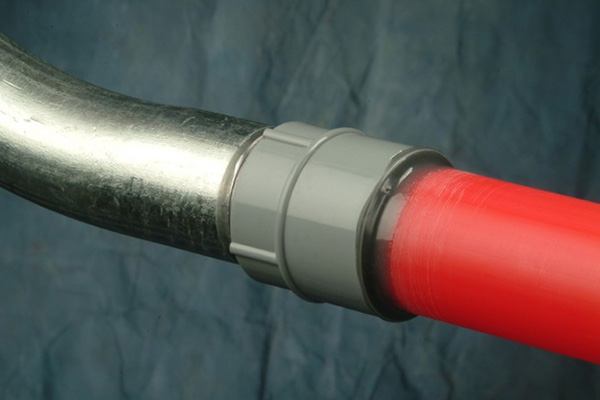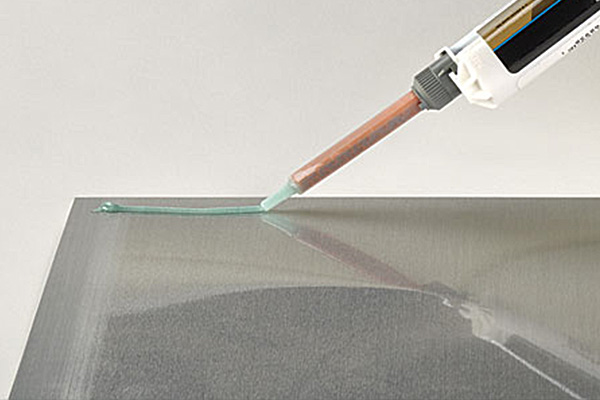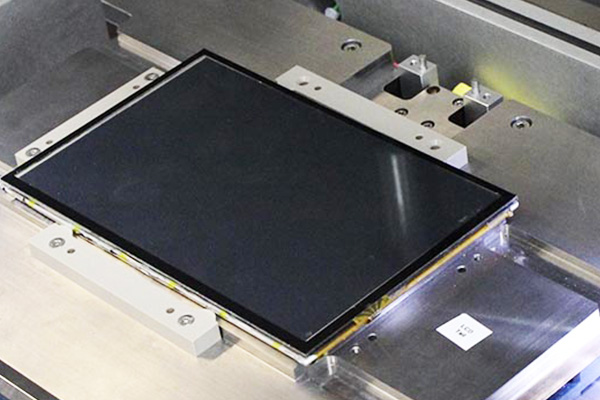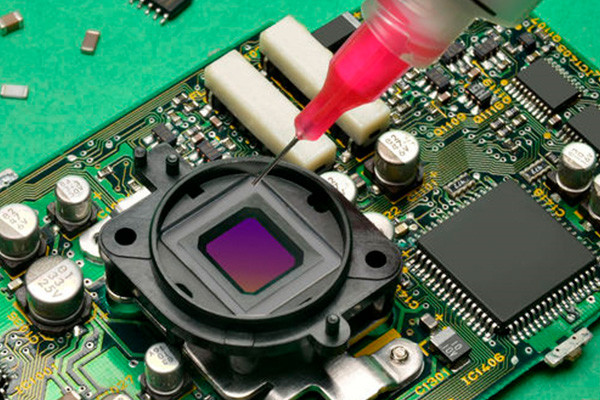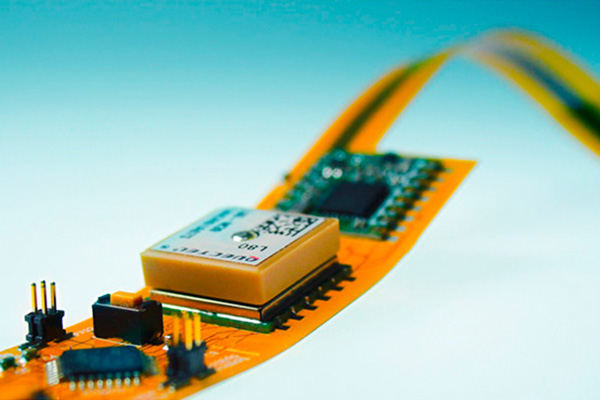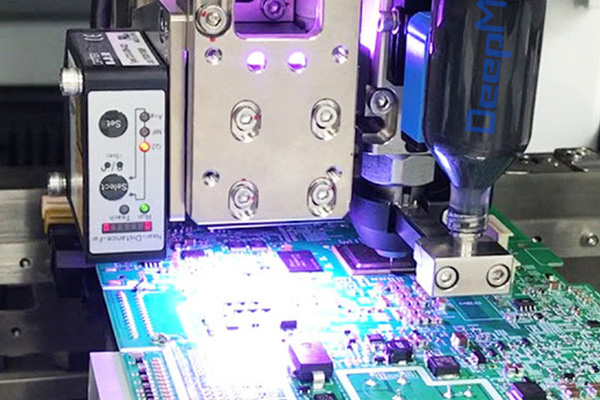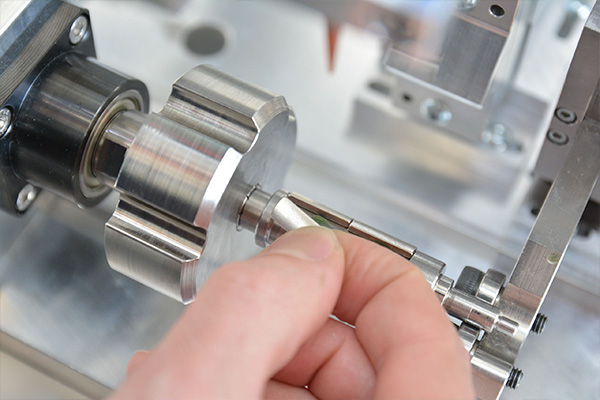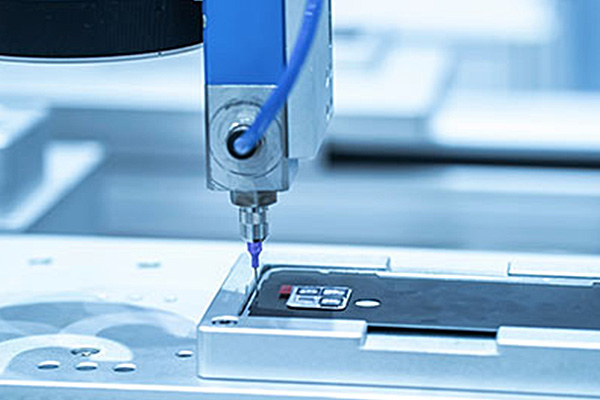Materials Bonding
Designers and engineers are challenged every day to improve designs and manufacturing processes. By enabling the use of a wider range of materials in product design, Deepmaterial’s adhesives allow enhanced aesthetics, lighter weight constructions and improved end performance. These adhesive solutions allow customers to manufacture products in creative, efficient and effective ways. Deepmaterial’s adhesives can be used for a broad variety of applications and substrates, and we’re happy to help you find the right one for your assembly process.
Deepmaterial has adhesives to bond to virtually every substrate. Any quesstion about adhesive, please contact us!
Introduction: Plastic bonding adhesives are essential for joining plastic materials together in a range of industries, including automotive, aerospace, and electronics. These adhesives have become increasingly popular due to their ability to create a strong bond between plastic materials. In this ultimate guide to plastic bonding adhesives, we will cover everything you need to know about these adhesives, including their types, benefits, and applications.
Metal bonding adhesives are specialized types of adhesives designed to bond metals to other metals or substrates. They are widely used in industries such as automotive, aerospace, electronics, and construction, among others. Metal bonding adhesives offer a variety of advantages over traditional bonding methods, including improved strength, durability, and corrosion resistance. In this article, we will discuss the properties, types, and applications of metal bonding adhesives.
Glass bonding adhesives are a type of adhesive used to bond glass to other materials, such as metals or plastics. They offer a high-strength bond, excellent durability, and can withstand harsh environmental conditions. There are several types of glass bonding adhesives available, each with its own set of properties and advantages. In this guide, we will explore the various types of glass bonding adhesives, their applications, advantages, and considerations for their use.
Polypropylene Bonding Adhesive
Polypropylene (PP) is a versatile thermoplastic polymer widely used in various applications due to its exceptional properties, including lightweight, durability, and resistance to chemical and thermal degradation. However, bonding polypropylene can be challenging due to its low surface energy, which makes it difficult for adhesives to form a strong bond. Polypropylene bonding adhesives have been developed to overcome this challenge, revolutionizing the manufacturing and industry landscape.
Composite bonding adhesives are used to bond two or more materials, often in the construction, automotive, and aerospace industries. There are several types of composite bonding adhesives available. The choice of composite bonding adhesive will depend on the specific requirements of the application, including the types of materials being bonded, the environmental conditions the bond will be exposed to, and the required bonding strength.
Industrial bonding adhesives are essential for many manufacturing processes, including construction, automotive, electronics, and aerospace industries. They provide a robust and durable bond between two surfaces, reducing the need for mechanical fasteners such as screws, bolts, and rivets. Adhesives are also used to seal gaps and prevent leakage in various applications.
Rubber bonding adhesives are crucial in various automotive, aerospace, medical, and electronics industries. They bond different types of rubber to multiple substrates, including metal, plastic, glass, wood, and concrete. These adhesives offer several advantages, including good chemical resistance, flexibility, and bonding with dissimilar materials.
PVC, or polyvinyl chloride, is a widely used synthetic polymer in various industries, including construction, plumbing, and automotive. PVC materials require a strong, durable bond to maintain their integrity and performance, and that’s where PVC bonding adhesives come in. These adhesives provide a reliable bond between PVC materials, eliminating the need for mechanical fasteners. This article will provide a comprehensive guide to PVC bonding adhesives, including their types, properties, applications, and safety considerations.
Panel bonding adhesives are high-strength adhesives for bonding metal panels, plastic panels, and other materials. They are commonly used in the automotive industry for repairing damaged panels and replacing rusted or damaged body parts. Panel bonding adhesives offer several advantages over traditional welding techniques, such as a stronger bond, reduced heat distortion, and improved corrosion protection. This guide will explore the different types of panel bonding adhesives, their applications, benefits, and how to use them effectively.
Membrane bonding is a specialized adhesive critical in various industries, including construction, automotive, and manufacturing. It is specifically designed to bond and secure different types of membranes, such as waterproofing membranes, roofing membranes, and automotive membranes. This article will explore the world of membrane-communing adhesives, their applications, benefits, and considerations for selecting suitable adhesives for specific membrane bonding needs.
Display bonding adhesive (DBA) is a type of adhesive that is used to bond the display module to the touch panel or cover glass in electronic devices such as smartphones, tablets, and laptops. The use of DBA has become increasingly popular in recent years due to its ability to create a strong and durable bond between the display and the touch panel. This results in a seamless and flush surface, providing a high-quality user experience. In this article, we will explore the different aspects of display bonding adhesive, including its properties, applications, and advantages.
Lens bonding adhesive is a vital component in the field of optics, allowing for the joining of lenses or other optical components to create complex assemblies. This process involves the use of a specialized adhesive that offers high optical clarity, durability, and resistance to environmental factors such as moisture, chemicals, and UV radiation. However, with the wide range of lens bonding adhesives available, it can be challenging to choose the right one for a specific application.
FPC bonding adhesive is a crucial component in the manufacturing and assembly of flexible printed circuit (FPC) boards, which are widely used in various electronic devices, including smartphones, wearables, and automotive applications. These adhesives provide strong bonding capabilities, electrical insulation, and protection against environmental factors while ensuring the flexibility and durability of FPC boards. As the demand for flexible and reliable electronic devices grows, the importance of high-performance and reliable FPC bonding adhesives has become more critical.
Optical bonding adhesive is a technology that produces touchscreen displays to improve performance and functionality. It is a process of attaching a protective layer or cover glass to the touch panel using a unique adhesive.The adhesive improves the optical performance of the display by reducing the amount of reflection, glare, and color shift, resulting in better image quality and readability. This technology is widely used in various applications, including automotive, medical, military, aerospace, industrial, consumer electronics, and wearable devices.
Magnet bonding adhesive, also known as magnetic glue or magnet adhesive, is a type of adhesive that is used to bond magnets to a variety of surfaces. It has become increasingly popular due to its unique properties that allow for easy installation and strong hold. In this article, we will delve into the world of magnet bonding adhesive and explore its features, benefits, applications, and more.
Electrical bonding adhesives are specialized adhesives used in electrical and electronic applications to create a secure bond between different conductive components. These adhesives are designed to provide reliable electrical connections, ensure grounding, and protect against electromagnetic interference (EMI). They are crucial in various industries, including automotive, aerospace, telecommunications, and consumer electronics.


